Currency Strategy: The Practitioner’s Guide to Currency Investing, Hedging and Forecasting
$32.86
| Author(s) | |
|---|---|
| Format |
|
| Pages |
235 |
| Publication Year |
2002 |
Currency Strategy develops new techniques and explains classic tools available for predicting, managing, and optimizing fluctuations in the currency markets. Author Callum Henderson shows readers ho to use mathematical models to assist in the prediction of crises and gives practical advice on how to use these and other tools successfully.
Introduction:
Exporters are of necessity keenly aware of the importance of exchange rate movements. However, companies that have no exports but simply produce and sell in a single country are also affected. A company that has no direct export exposure and thus thinks itself blissfully exempt from currency risk is in for a nasty shock. As we have seen in the above example, changes in the exchange rate — the external price — cause changes in turn in the domestic price of goods and services. Thus, if your currency strengthens against that of your competition, you face a competitive threat — and assuming all else is equal, the choice of either cutting your prices, thus reducing your margin, or losing market share.
Currency movements can also have a profound effect on investing. Fixed income and equity portfolio managers, in investing in another country’s assets, automatically take on currency exposure to that country. Frequently, fund managers view the initial decision to invest in a country as being one and the same with investing in that country’s currency. This is not necessarily the case for the simple reason that the dynamics which operate within the currency market are frequently not the same as those that govern asset markets. It is entirely possible for a country’s fixed income and equity markets to perform strongly over time, while simultaneously its currency depreciates. My favourite example of this phenomenon is that of South Africa.
From the autumn of 1998, when the 5-year South African government bond yield briefly exceeded 21%, this was one of the world’s most outstanding investments until November 2001. By then, this yield had made a low of around 9.25%, a direct and inverse reflection of the degree to which its price soared over the previous three years. In that time however, the value of the South African rand has fallen substantially from around 6 to the US dollar to almost 14. Here is a clear example where the currency and the bond market of the same country have been going in opposite directions over a period of three years! An investor in the 5-year South African government bond in the autumn of 1998 would have seen their excellent gains in the underlying fixed income position over that time wiped out by the losses on the rand exposure.
The lesson from this is that currency risk should be an important consideration for asset managers and moreover one that is managed separately and independently from the underlying. Empirical studies have shown that currency volatility reflects between 70 and 90% of a fixed income portfolio’s total return. Thus, for the more conservative fund managers, who cannot take such swings in returns but do not take the prudent step of hedging currency risk, it can be the main reason why they stay out of otherwise profitable markets. Conversely, currency risk can also enhance the total return of a portfolio. When the US dollar was falling from 1993 to 1995, this made offshore investments more attractive for US fund managers when translating back into dollars. It was no coincidence that this period also saw a substantial increase in portfolio diversification abroad by this investment community.
There is little doubt that currency exposure can be unpredictable, frustrating and infuriating, but it is not something one has the luxury of ignoring. In John Maynard Keynes’ reference to the “animal spirits”, that elemental force that drives financial markets in herd-like fashion, he was referring to the stock market. More than most, he should have defined such a term as he was one himself, having been an extremely active stock market speculator as well as one of the last century’s most pre-eminent economists. However, he might as well have been referring to the currency market, for the term sums up no other more perfectly. A market that is volatile and unpredictable, a market that epitomizes such a concept as the “animal spirits” surely requires a very specific discipline by which to study it. That is precisely what this book is aimed at doing; providing an analytical framework for currency analysis and forecasting, combining long-term economic valuation models with market-based valuation techniques to produce a more accurate and user-friendly analytical tool for the currency market practitioners themselves. In terms of a breakdown, the book is deliberately split into three specific sections with regard to the currency market and exchange rates:
- Part I (Chapters 1–4) — Theory and Practice
- Part II (Chapters 5 and 6) — Regimes and Crises
- Part III (Chapters 7–10) — The Real World of the Currency Market Practitioner
Contents:
- Fundamental Analysis: The Strengths and Weaknesses of Traditional Exchange Rate Models
- Currency Economics: A More Focused Framework
- Flow: Tracking the Animal Spirits
- Technical Analysis: The Art of Charting
- Exchange Rate Regimes: Fixed or Floating?
- Model Analysis: Can Currency Crises be Predicted?
- Managing Currency Risk I — The Corporation: Advanced Approaches to Corporate Treasury FX Strategy
- Managing Currency Risk II — The Investor: Currency Exposure within the Investment Decision
- Managing Currency Risk III — The Speculator: Myths, Realities and How to be a Better Currency Speculator
- Applying the Framework
Currency Strategy: The Practitioner's Guide to Currency Investing, Hedging and Forecasting By Callum Henderson pdf
2 reviews for Currency Strategy: The Practitioner’s Guide to Currency Investing, Hedging and Forecasting
Clear filtersOnly logged in customers who have purchased this product may leave a review.

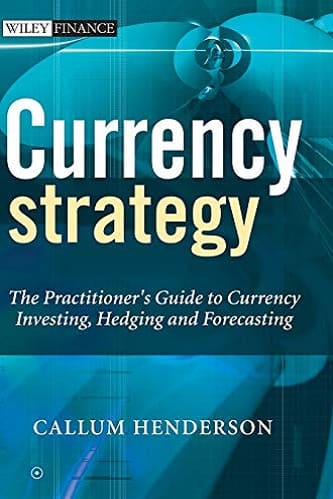

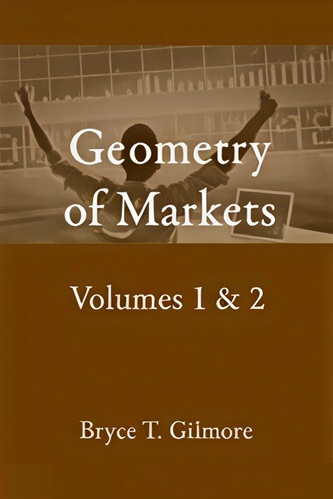
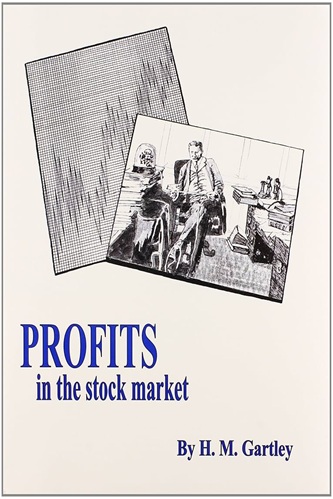
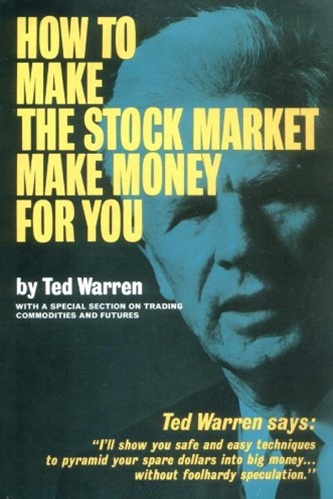
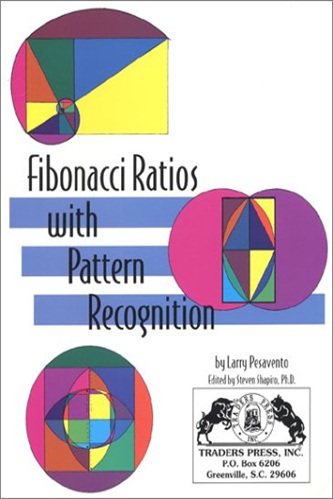
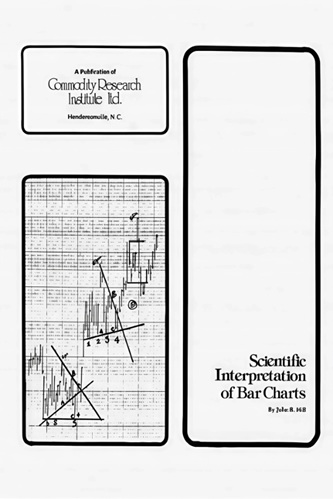
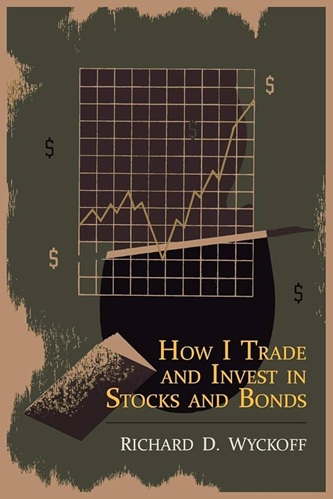
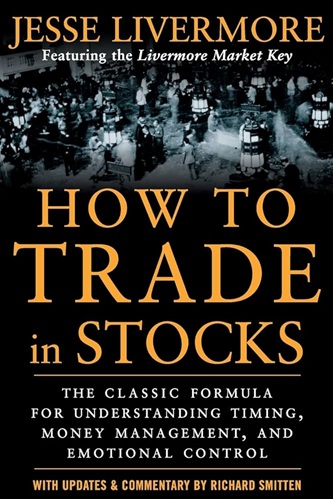
Hanna Chapman (verified owner) –
I was looking for a book on foreign currency strategy well suited for readers with MBAs or degrees in economics – people not afraid to delve into the theory, but not necessarily well-versed in this particular topic. The “Wiley Finance” imprint usually does a good job of exactly this – a thorough serious treatment of a subject, but without differential equations. However, this book was too basic. It breezed by the theory at 10,000 feet with few references to academic papers/studies that could take you farther. Also, the book was poorly edited (shame -it is a 2nd edition) with repetition, rambling and grammatical errors. Callum Henderson clearly knows his subject, but demands too little of his readers and was not helped by his editors. That said, there are few alternatives on the subject that aren’t trading books replete with technical analysis or thick academic tomes that are aimed at shaping public policy rather than informing market participants. So read the book and get what you can out of it.
Peyton Kramer (verified owner) –
This is a good introduction to exchange rate determination in theory and in practice. Useful for someone with a little bit of background into economics or exchange rates who wants to delve a bit more. It is slightly frustrating in that the theories are explained but little is provided in terms of whether the evidence shows it works or not. It also lacks adequate references.
One outstanding feature of this book, and indeed a lot of work by this author, is that it moves beyond just exchange rate forecasting into the realm of exchange rate risk management and other issues pertinent to those who deal in this space.